Many of you have asked for recommendations for Indigenous texts for Secondary ELA to help enrichen your curriculum. Last year, I shared a guest post from Megan Tipler featuring Indigenous Literature for the classroom library. Today, Victoria, the English teacher/Bookstagrammer behind @floury_words shares some incredible texts to incorporate into your curriculum. If you haven’t checked out Victoria’s Instagram account, be sure to follow her. She shares beautiful photos of books and baked goods that will make your day!
Before we jump in, I wanted to get personal and acknowledge two things. First of all, I wanted to acknowledge that I am on Clatsop lands. Over the past couple years, I’ve been working intentionally to increase my self-reflection and future impact on Indigenous peoples. In addition to buying from Indigenous educators, writers, and artists, I am also looking for other ways to amplify and support the work of Indigenous folx. Here’s a resource for thinking about land acknowledgements and the action steps that follow.
Second acknowledgement? For most of my teaching career, I didn’t include Indigenous literature in my curriculum. I recently did a survey on Instagram and y’all voiced the same thing. Sometimes, we don’t have a choice in the books we teach. Sometimes, we don’t have money to add new books. However, we also have an additional hang up: we don’t know how to teach this subject. In talking to Victoria, I finally found the words to articulate my thoughts: I struggled to exist with two truths. White folx oppressed and traumatized Indigenous folx, and teaching Indigenous literature asks us to reckon with the generational trauma inflicted by our ancestors. The second truth is that Indigenous peoples are still here, still creating art, and still finding joy in life.
How do I, as a teacher, share literature that simultaneously expresses joy and pain?
How do I, as a White reader, respect and celebrate this duality in art?
I don’t know all of the answers yet. It’s my journey. I invite you to sit with me in this place of reflection, and then, I invite you to take the first small step incorporating one of these books into your curriculum.
—
Indigenous Texts for Secondary ELA
By Victoria, @floury_words
First, I would like to acknowledge that I am writing from the traditional home of the Spokane, Kalispel and Coeur d’Alene tribes in what is now Washington State. I am a Lummi tribal member (Coast Salish) and a high school English Language Arts teacher. My perspective is that of a public school teacher in the United States.
—
Some of my best memories of high school are from English class. I’ve always loved reading, and I loved to escape into other worlds, but I especially loved the rigor of reading a book and coming together with a group to discuss it with my peers. I remember always knowing the answer (or thinking I did), waving my hand in the air to be acknowledged, and how I would feel—whether I was called on not. Or better yet, when we were told we didn’t have to raise our hand, but could just have a discussion. I loved talking about books (and still do, of course) and lived for the moments when I could argue about metaphors and allegories.
I would read anything that was put in front of me and always wanted to talk about it.
So I decided to become a teacher; I wanted to be the teacher that I needed during my high school years. I wanted to give out that assignment and see students excited to turn in work. I knew that I lost interest in reading when some of “the classics” were brought out because they just didn’t feel relevant to me.
Now, I am an avid reader of Indigenous literature, but I’ve had to seek it for myself. The more I read, the more I realize how important it is to see yourself reflected in literature and what you study. Reading Indigenous literature has had a huge impact on my identity and has pushed me to use my voice. Through literature I’ve seen how strong and resilient Indigenous people are. The books we are exposed to in our formative years play an active role in the formation of our identities. Books help us to understand our place in society and see our acceptance in our community.
Would you feel accepted into the education system (or community) if you never saw yourself represented?
The answer is of course, no. That being said, it is equally important for non-Indigenous students to read Indigenous literature as well. Being exposed to other lived experiences fosters empathy, social skills and acceptance in students.
My Indigenous text recommendations are in now way exhaustive, and should also be taught outside of November. My list also represents authors from different tribes and experiences. It is also important to recognize and teach that Indigenous peoples are not a monolith and each tribe has its own unique culture and traditions. I’m grateful for the opportunity to share some of my favourite MG/YA books written by Indigenous authors. I’m hopeful that more teachers and students will be exposed to these stories and experiences. It has truly been an incredible year for Indigenous releases, and I have been so excited to integrate these texts into my own classroom!
Note: You can find Victoria’s recommendations at bookshop.org. By doing so, you’ll also support the local bookstore of your choice. As an affiliate, I get a small cut of the sale too, and I use this money to maintain my blog.
Middle School
High School
American Lit/ Modern Indigenous Life
There There by Tommy Orange (Cheyenne/ Arapaho)
(high school)
In Tommy Orange’s debut novel There There, rich narrative and characterization drive a powerful, complex storyline. It’s a clever, insightful and relatable book that clearly tackles identity, belonging and storytelling, making it a good fit in a junior or senior ELA class.
A unique cast of twelve main characters (who are each connected in some way) narrate this novel. Through these characters, Orange describes what it means to be a modern urban Native American–dealing with identity and complex histories– showing that Native Americans are not a monolith with one shared identity. We dive into the issues of intergenerational trauma, and reconcile what it means to be a part of a Native American community– outside of the Reservation.
In the Classroom
Aside from the larger societal issues that can and should be discussed, There There is perfect for exploring themes and character development (CCSS.ELA-LITERACY.RL.11-12.2). For instance, two major themes in this book are (1) personal identity vs. cultural identity and (2) interconnectedness. Orvil Red Feather, our fourteen year old narrator, is grappling with his need for learning more about his culture while dealing with his aunt who refuses to tell him anything, believing that there’s nothing left of Indigenous culture that hasn’t been watered down through forced colonization. However, Orvil shows us that cultural identity is a part of us regardless of whether it’s directly taught, begging the question: how do we reconcile it with a need for personal identity?
Additionally, most of the characters are self-described “Urban Indians” all struggling with identity and a complex history, a universal theme that all high school students can relate to, regardless of cultural background. This alone is a great launching point for classroom discussions about a wide range of topics (CCSS.ELA-LITERACY.SL.11-12.1.A).
Lastly, a possible non-fiction connection includes the Occupation of Alcatraz, the 19-month long protest when 89 American Indians and their supporters occupied Alcatraz Island.
Apple: Skin to the Core by by Eric Gansworth (Onodaga)
(middle & high school)
In “Apple: Skin to the Core” by Eric Gansworth, Gansworth narrates the story of his life in an Onondaga family living among Tuscaroras in Upstate New York. His story is also the story of, and Native people in America, as he touches on the cruel and often forgotten legacy of government boarding schools. He also addresses, in the title and throughout the book, the slur common in Native communities, for someone “red on the outside, white on the inside” (CCSS.ELA-LITERACY.RL.9-10.4).
In the Classroom
It’s a brilliant YA memoir written in verse, that could be used as a launching point for a personal narrative or poetry unit (I would use it the same way I used House On Mango Street to teach about vignettes and identity). (CCSS.ELA-LITERACY.W.9-10.3).
This book is about being true to yourself and your culture. It’s for those of us who are told, “but you don’t seem Native” because we listen to the Beatles and Bowie, not fitting the antiquated narrative of what it means to be Native. For that alone, it’s a great conversation starter. It’s about walking in two worlds and not really fitting in in either. It’s about claiming power of words and using them as weapons. Quotes like: “As a young person, I looked for a long time to find a story like mine in books I read, and tired of not finding it, I decided to write my own and hope I might also be doing someone else a favor along the way” show students that they have the power to tell their own stories.
Lastly, Gansworth is also a visual artist, and many works of art are embedded within the verse. Analyzing the art alongside the text would be a great lesson on integration of knowledge and ideas (CCSS.ELA-LITERACY.RL.9-10.7).
Fantasy
Elatsoe by Darcie Little Badger (Lipan Apache)
(middle and high school)
“Elatsoe” by Darcie Little Badger is a nearly perfect YA fantasy. It’s set in a world similar to ours, but there’s magic and it’s well acknowledged— but it’s also a murder mystery. The main character, Ellie, who is Lipan Apache and and asexual, is the fierce young protagonist that everyone needs in their life. She’s got a ghost dog as a sidekick and her ability to raise the dead— never humans, though— has been passed down for generations. Additionally, the story deals beautifully with grief, and how family and friends come together to support one another.
One of my main gripes with YA in general is how relationships are handled— I have found a strong character gets watered down when the author brings in a romantic element. What I particularly loved about “Elatose”, though, is that Ellie is asexual. It’s intentional representation– Little Badger says,
“It’s rare to see asexual characters in general. And when they do appear, they tend to fall into certain categories. Like, they’re robotic or they’re trying to come to terms with their asexuality, and that’s the entire focus of the book. I wanted to write a fantasy adventure with an asexual main character ‘cause I myself am asexual, and I’m getting married to another asexual Native, and we’re both big nerds who play tabletop roleplaying games on the weekend. So, we’re out there!”
She grew up as a voracious reader, but never read a book with a character like her, so she wrote her own.
Ellie is truly the perfect role model. She’s got a cool best friend, too, and when it gets tough, they go out for ice cream— her for pistachio and him for rocky road. They’ve always got each other’s back, showing the power of a platonic relationship.
In the Classroom
I think this novel could be used in a number of places, but I would use it in my fantasy genre unit. The way my class is structured is mythology in the fall semester and sci-fi/ fantasy in the spring. We spend the fall exploring myths from many different cultures and then the spring talking about archetypes and pop culture mythology. “Elatsoe” is perfect for exploring how Little Badger draws upon Lipan Apache myths to craft a modern tale (CCSS.ELA-LITERACY.RL.9-10.9). It would also be a great exploration of how the Hero’s Journey is used across texts– to be used instead of or along with The Odyssey.
I personally would use this book to replace a book about a certain British wizard.
Dystopian
The Marrow Thieves by Cherie Dimaline (Métis)
(8th grade+)
“The Marrow Thieves” by Cherie Dimaline is set in a futurist world where everyone– except Indigenous people– has lost the ability to dream. Of course, this has all Indigenous people on the run, trying to escape becoming unwilling marrow donors. It’s speculative fiction at its best– in addition to the futurist world being ravaged by global warming, it’s a rich Indigenous narrative about loss of culture, abuse and murder by a majority population. Through it all, though there is a major theme of survival and resilience.
In the Classroom
Dimaline’s work offers the opportunity to explore points of view and cultural experiences outside the United States (CCSS.ELA-LITERACY.RL.9-10.5), while the theme could also apply to Indigenous peoples of the United States. Additionally, characterization– through the development of Frenchie– can be explored (CCSS.ELA-LITERACY.RL.9-10.3).
One of my favorite units that I’ve taught was dystopian– using Fahrenheit 451 as the anchor text, and then having 6 dystopian novels students could select from for lit circles. The Marrow Thieves could definitely be a stand alone dystopian novel, but could definitely be paired with F451 to expand the range of the genre.
Danielle’s Note: We talked about Marrow Thieves
on the YA Cafe Podcast. Check out our episode!
Rabbit Is Up To His Tricks by Joy Harjo (Muscogee Creek)
–poem
–spoken word version (runs 6:03, poem begins at 2:33).
“In a world long before this one, there was enough for
everyone,
Until somebody got out of line.
We heard it was Rabbit, fooling around with clay and the
Wind.”
In this spoken word of this poem, Harjo explains that in her Nation the trickster is the rabbit. It’s a different character in each culture, but each culture has one. She craftily uses the character of the rabbit as a metaphor for society. This poem would be great for teaching literary devices such as tone, repetition and metaphors as well as trickster stories (CCSS.ELA-LITERACY.RL.9-10.10). Additionally, it is important to note that Joy Harjo is the first Native American poet laureate in the United States. Spoken word and poetry slams have been very successful events at my school, but shouldn’t be the only time Indigenous or BIPOC voices are heard).
The Earth on Turtle’s Back/ Skywoman Falling from Braiding Sweetgrass by Robin Wall Kimmerer (Citizen Potawatomi Nation)
In general, and sadly, American Literature classes are generally lacking in the Indigenous to the Americas department. Semesters may begin with Onondaga myth “The Earth on Turtle’s Back” but don’t branch into contemporary Indigenous writing. In her beautiful ode to Indigenous knowledge, Braiding Sweetgrass, Robin Wall Kimmerer, an enrolled member of the Citizen Potawatomi Nation, uses an adaptation of the Shenandoah and George (1988) Skywoman: Legends of the Iroquois as an introduction to an essay about interconnectedness. Kimmerer is a professor of biology, and says most of her students do not know the creation stories of the land on which they live. She states the importance of acknowledging the land we are on and building reciprocity with nature.
In the Classroom
Importantly, Kimmerer transitions from the myth to her own thoughts by describing a painting she has hanging in her office– Bruce King’s Moment in Flight, a painting of the Skywoman myth. This transition is important because it closely ties in integration of knowledge and ideas (CCSS.ELA-LITERACY.RL.11-12.7)– analyzing multiple interpretations of a story, drama, or poem and evaluating how each version interprets the source text. It is the perfect lesson in comparing an adaptation of an oral tradition, a contemporary, non-fiction work by an Own Voices author and art interpretation. Additionally, through positioning Kimmerer as the anchor text, students see the importance of oral tradition in Indigenous cultures and can easily visualize that the stories are still being handed down– they aren’t simply relics from the past.
—–
Parting Thoughts
In conclusion, this applies to all texts with BIPOC authors, but Indigenous peoples are too often erased or presented as beings of the past. It’s important for contemporary Indigenous voices to be heard as part of the American literature curriculum. It is also important to highlight Indigenous resilience and creativity.
Oftentimes, though, books with BIPOC authors are viewed as “less rigorous” than the standard classics. The standard westernized view of what is worthy of being taught in the secondary classroom is pervasive and we need to acknowledge that we are upholding white supremacy when we use whiteness as the default to define what is considered a classic. And then when we do, we need to take it a step further and teach more than just the occasional poem or short story. Short stories and poems are given maybe a day or two out of the whole school year compared to the months that books are given. It may be unspoken, but this deliberate choice speaks volumes about what is valued in the classroom.
Teaching is a political act and everything we do must be deeply rooted in the lives of students. The goal is to give students the tools to be critical of the world, antiracist and ready to be active participants in their communities.
———
Which one of these books are you excited to read? Let us know in comments! Thanks again to Victoria from @floury_words for these awesome recommendations.
Happy teaching!

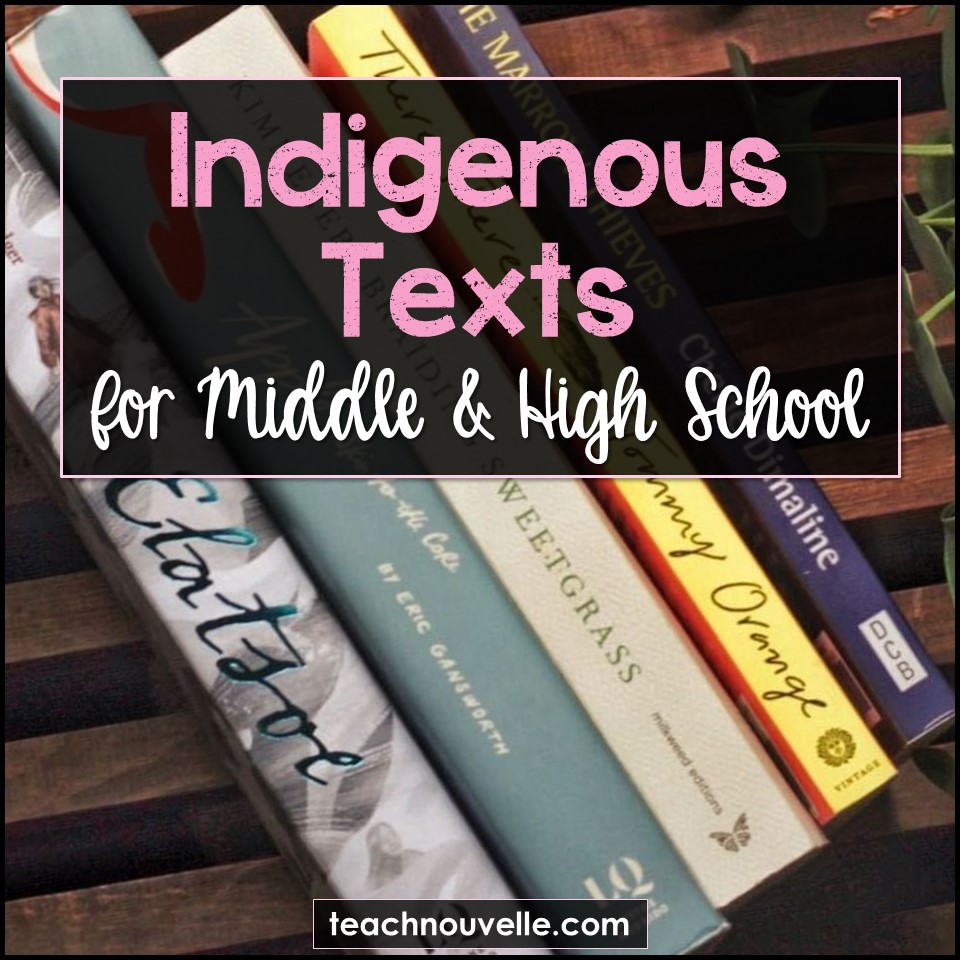
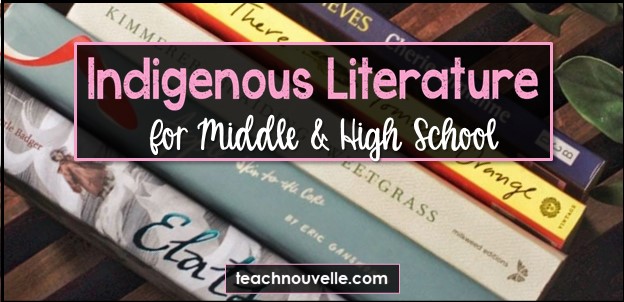
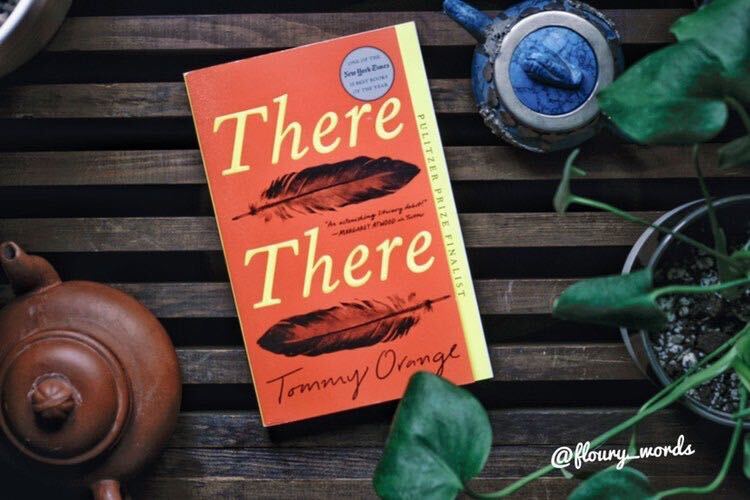
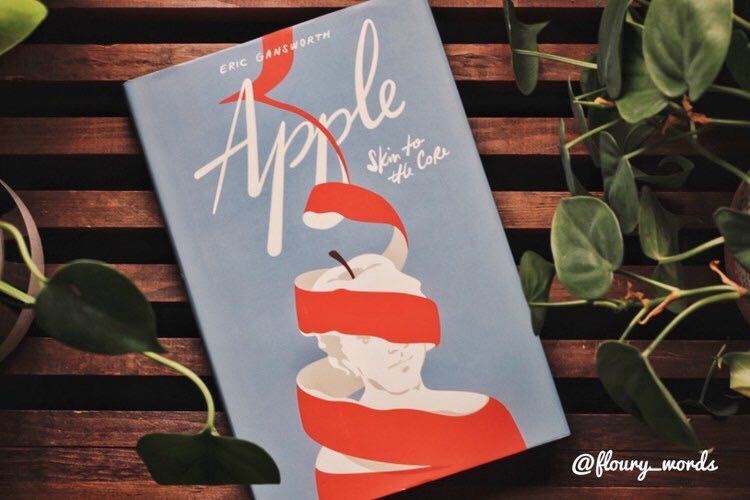
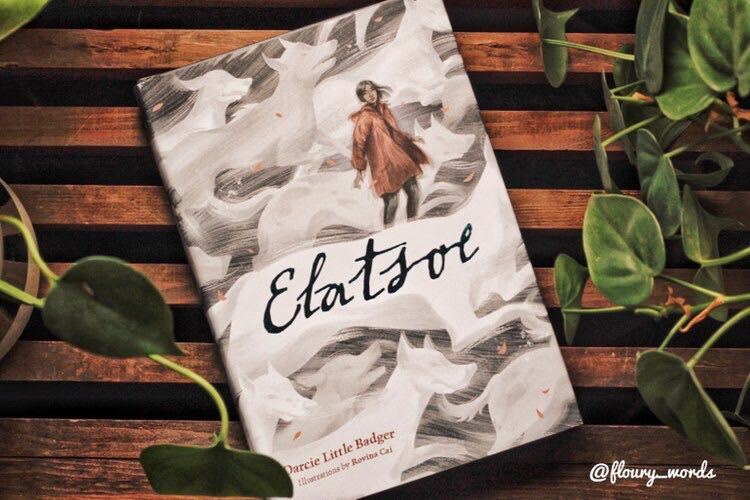
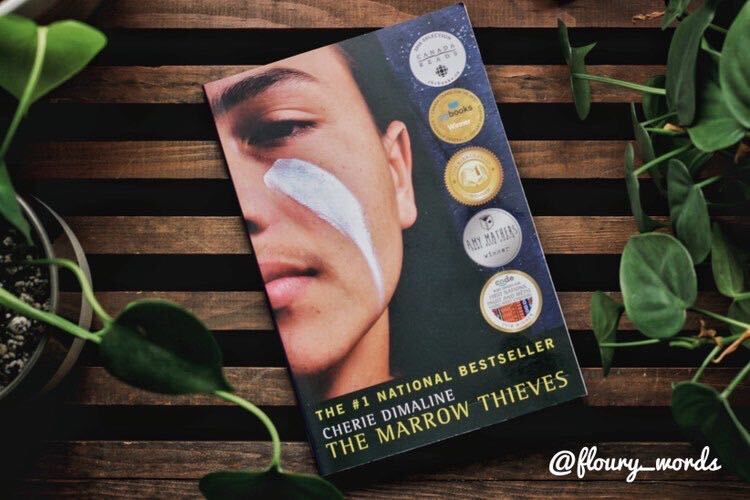
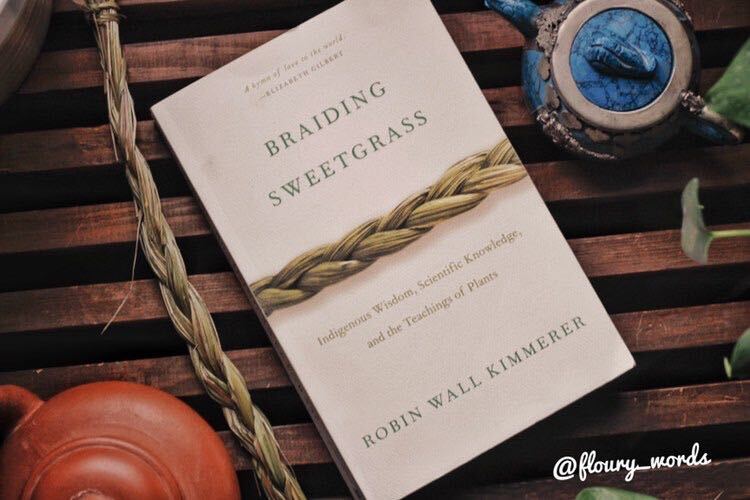
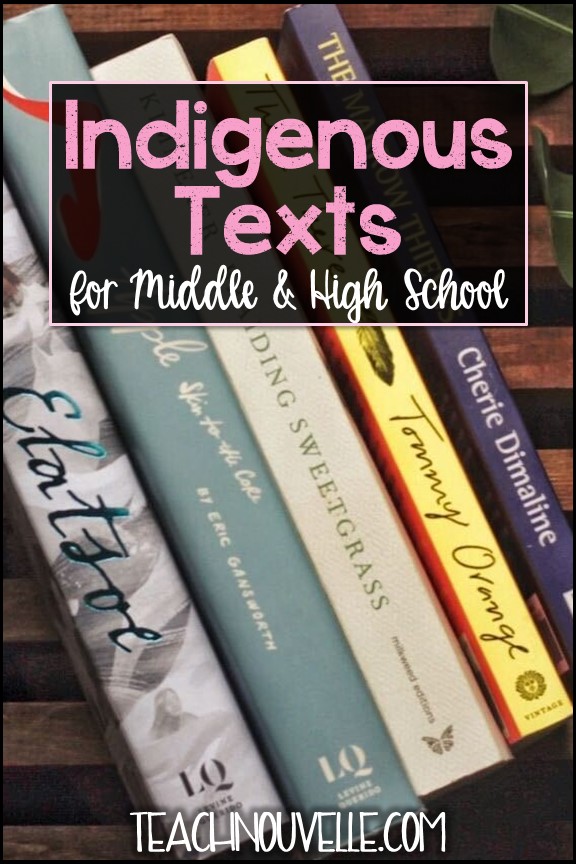
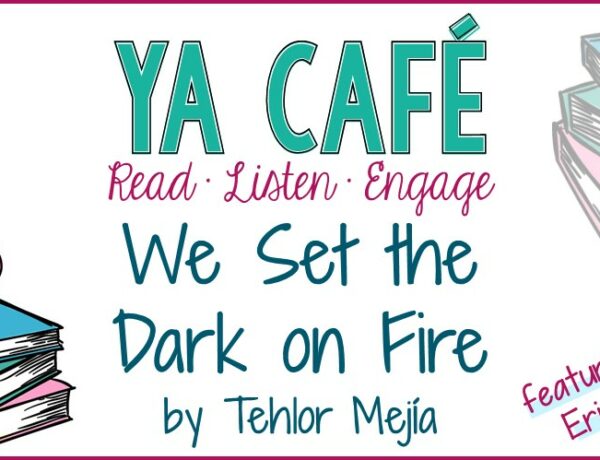
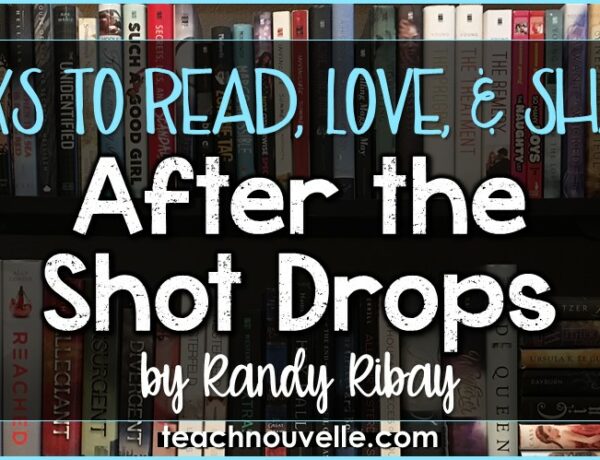
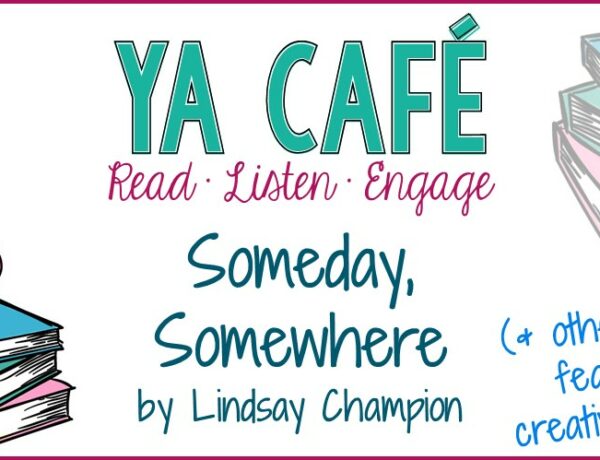
No Comments